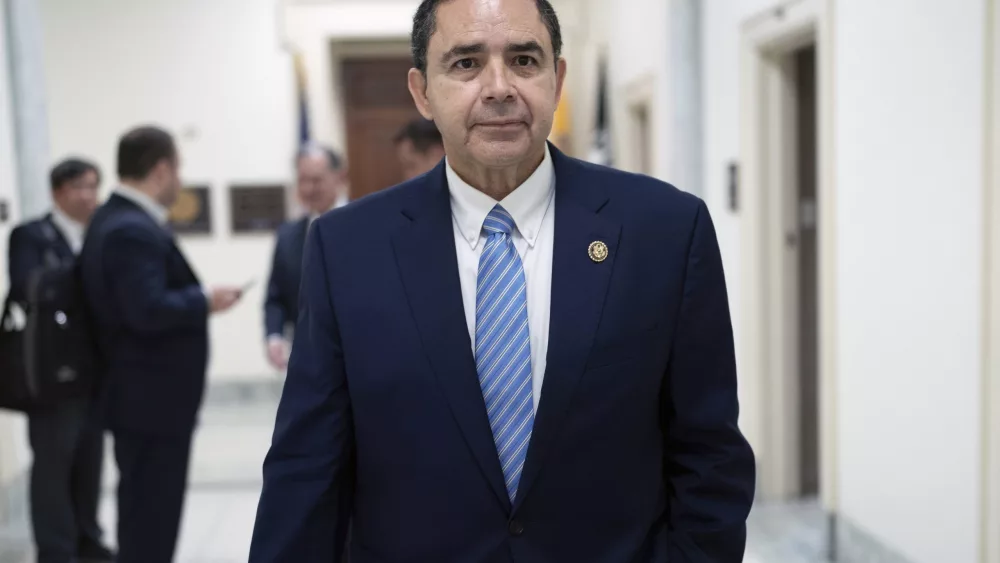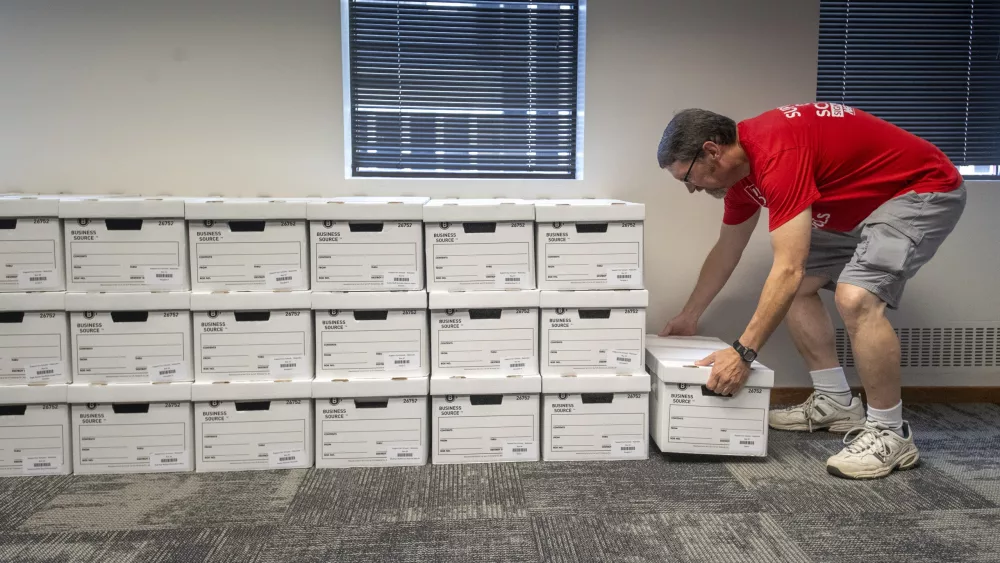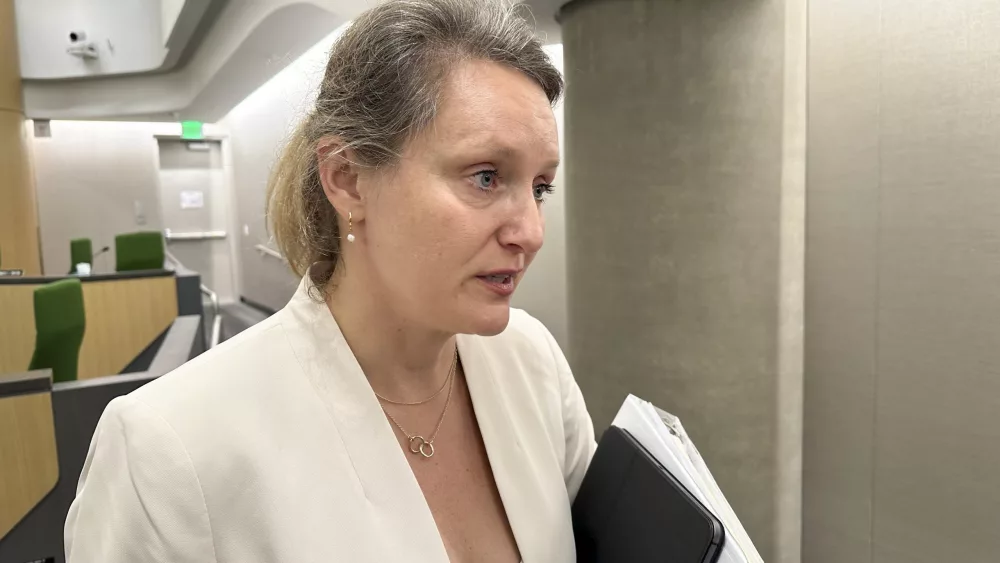By Clark Mindock
(Reuters) – Republican-led states and industry groups on Wednesday filed three lawsuits challenging a U.S. Environmental Protection Agency rule that toughens air quality standards for soot pollution.
The lawsuits were filed in the U.S. Circuit Court of Appeals for the D.C. Circuit by a variety of industry groups and 25 states including Texas, Kentucky and West Virginia.
The lawsuits will seek to block an EPA rule finalized last month that lowered the average allowable concentration of fine particulate matter, or soot, in the air.
Kentucky Attorney General Russell Coleman, whose state is co-leading with West Virginia one of the lawsuits filed on behalf of 24 states, said in a statement that the standards would raise costs for manufacturers, utilities and families.
“This rule will drive jobs and investment out of Kentucky and overseas, leaving employers and hardworking families to pay the price,” Coleman said in a statement.
Texas filed its own lawsuit, while industry groups including the U.S. Chamber of Commerce and the National Association of Manufacturers filed the third.
The EPA did not immediately respond to a request for comment.
Soot, or fine particulate matter, comes from sources ranging from power plants to vehicle tailpipes to construction sites. It causes lung and heart damage and has been found to disproportionately affect low-income communities, according to the EPA.
The EPA’s rule, which does not directly impose pollution controls on specific industries, strengthened the standards for soot for the first time in over a decade, lowering the allowable concentration of particulate matter smaller than 2.5 microns, or PM 2.5, from 12 to 9 micrograms per cubic meter(µg/m3) on average per year.
The EPA estimated the new rules will yield $46 billion in health benefits in 2032.
Opponents have claimed that the rules could block permitting for new manufacturing facilities and stop new infrastructure construction, among other things.
(Reporting by Clark Mindock; Editing by Michael Perry)
Brought to you by www.srnnews.com








